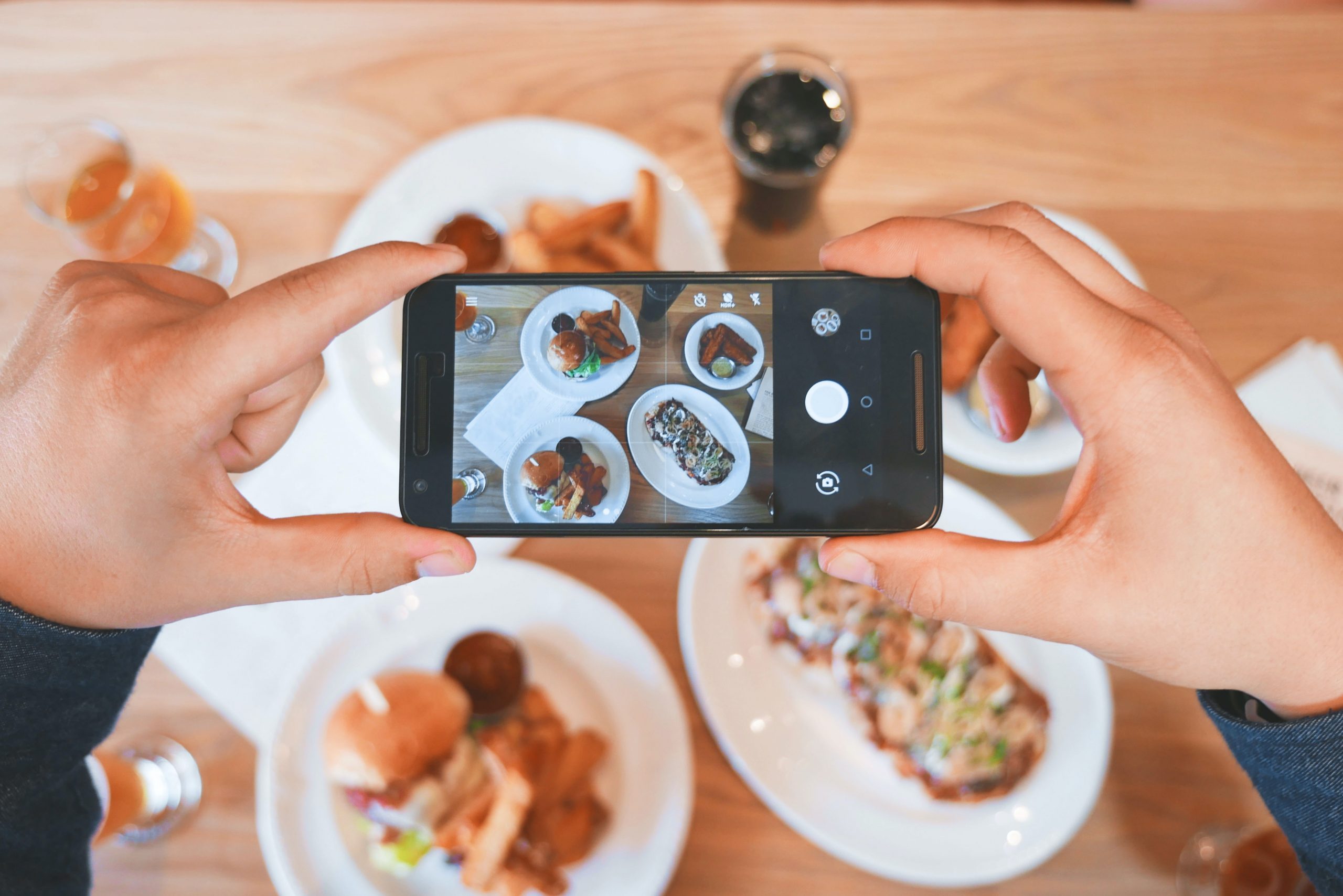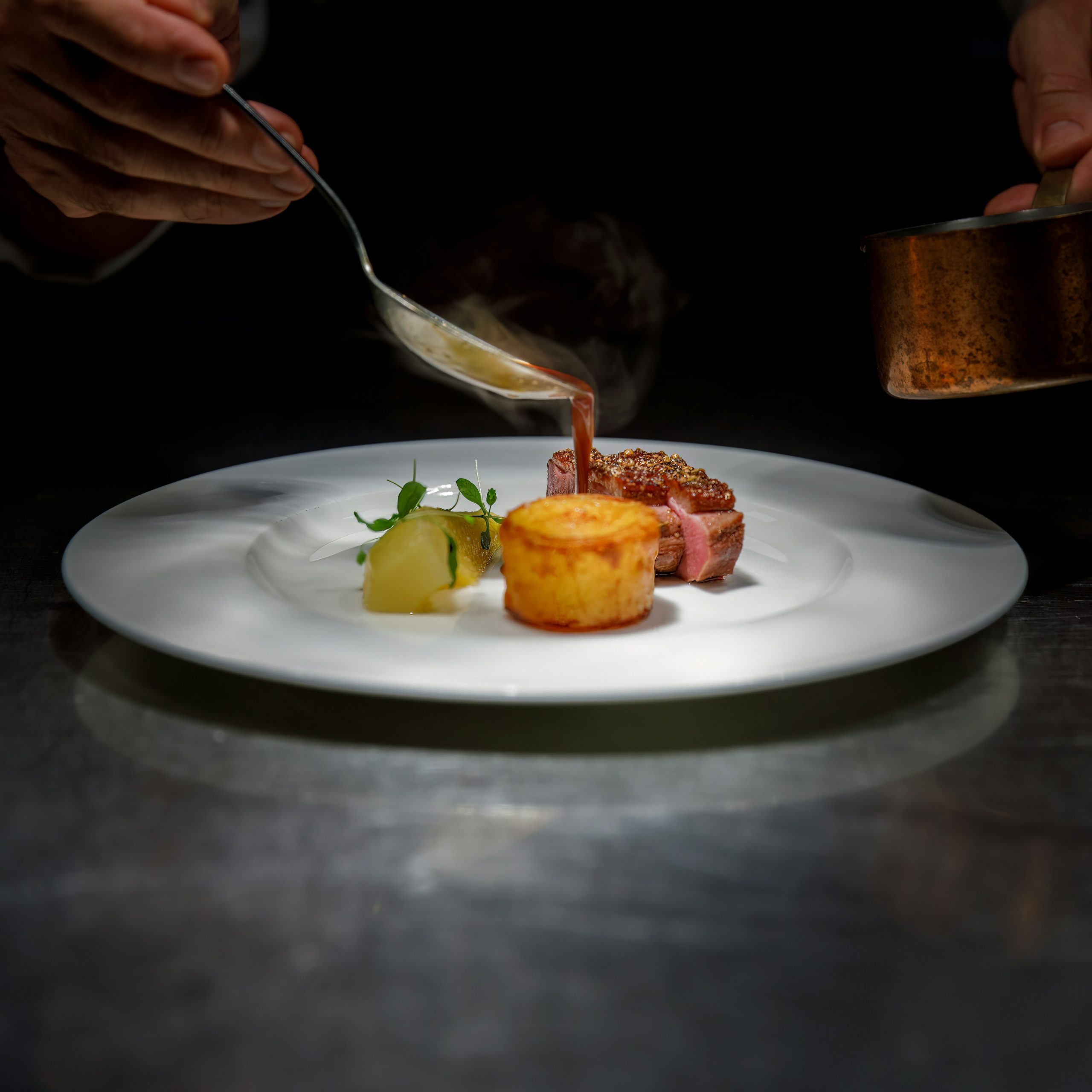
How are TikTok Trends Affecting the Eating Habits of the New Generation?
We live in a constantly evolving digital era where social media has transformed the way we communicate, consume content, and yes, even how we eat. Among these platforms, TikTok has stood out as a cultural phenomenon, especially among the younger generation.
It’s no surprise to announce that TikTok has become one of the most influential social networks. In just two years, it has become one of the social networks with the most active users and recorded a revenue of over $9 billion in 2022 alone.
But beyond dance and entertainment videos, TikTok has proven to be fertile ground for exploring the world of food and beverages. According to data from News Room TikTok, 68% of TikTok users have discovered a food or beverage brand by seeing it on the platform, and 46% have purchased a food or beverage product after seeing it on TikTok. Furthermore, 72% of these purchases were unplanned.
One of the most notable ways TikTok is affecting eating habits is through viral food trends. Videos featuring clever and delicious recipes can go viral in a matter of hours. The result? Users, mostly young people, feel the need to try these culinary creations for themselves. For example, the “TikTok bread” recipe, involving only three ingredients and a few steps, became extremely popular and had a significant impact on how young people view food preparation.
But it’s not just about creating clever recipes or dishes. TikTok has also demonstrated its ability to generate trends and influence the entire food industry. For instance, viral advertising campaigns created by both influencers and ordinary users have led to increased demand for certain foods and beverages.
However, the current economic context plays a role in transforming the eating habits of Generation Z. Rising living costs, inflation, and economic recessions make budget management a critical consideration when deciding what to eat. Young people are becoming more budget-conscious and seeking food options that are delicious, affordable, and often homemade.
So, what does all of this mean for the food and beverage industry? It means that creativity and authenticity are more valuable than ever. Restaurants and brands must not only be willing to adapt and engage in viral conversations but also offer experiences that meet consumers’ needs without sacrificing taste and quality to thrive in this new digital gastronomic era.
In conclusion, social media trends, such as those we see on platforms like TikTok, are driving changes in how food is prepared, presented, and consumed. As Generation Z and future generations continue to use these platforms, the food and beverage industry will need to adapt and evolve to meet their demands for authenticity, creativity, and unique culinary experiences. Gastronomy in the digital age is constantly evolving, and those who understand and embrace these changes will be better positioned for success in this new culinary landscape.
Consulted resources:
https://progressivegrocer.com/how-gen-z-and-tiktok-are-shaping-food-trends



